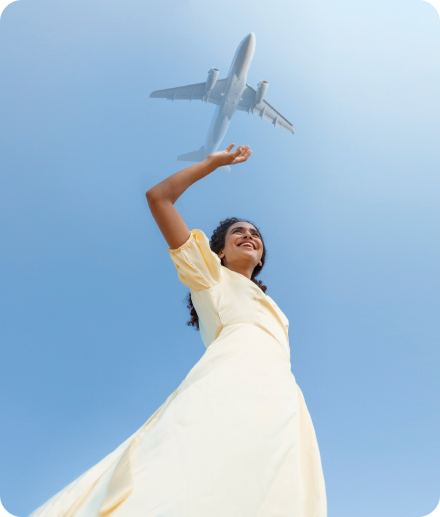
Barcelona International Marathon: Running Through History and Culture
Barcelona's streets came alive on November 11th, 2024, as thousands of runners from around the world participated in the Barcelona International Marathon, one of Europe's most scenic and challenging long-distance races. This prestigious event transformed the Catalan capital into a massive outdoor stadium where athletes competed against personal bests while experiencing the city's stunning architecture and Mediterranean coastline.
The marathon route showcased Barcelona's most iconic landmarks, taking runners from the historic Gothic Quarter past Gaudí's masterpieces, along the beautiful Barceloneta Beach, and through the vibrant neighborhoods of Gràcia and Eixample. International participants who had traveled on business flights arrived well-rested and prepared for the challenging 42.195-kilometer course, many having booked business class tickets months in advance to ensure optimal travel conditions before their athletic endeavors.
Elite runners from over 80 countries competed for prize money and international recognition, drawing sports journalists and athletics enthusiasts who had secured business class flights specifically to witness world-class competition. The presence of Olympic qualifiers and record holders made this edition particularly significant for professional athletics fans seeking to observe top-tier competition firsthand.
Amateur runners participating in their first marathon appreciated the supportive atmosphere created by local residents and international spectators who had traveled on business flights to cheer on friends and family members. The route's relatively flat profile and mild November weather made it an attractive destination for personal record attempts, with many participants having booked business class tickets to ensure comfortable travel arrangements before their challenging run.
Pre-race events included pasta parties and athlete briefings at major hotels throughout the city, providing opportunities for international participants who had arrived on business flights to connect with fellow runners and share experiences from previous marathons. These social gatherings often led to lasting friendships and training partnerships that extended far beyond the single race day.
Spectator viewing areas along the route featured live music performances and local food vendors, creating festival-like atmospheres that enhanced the overall experience for both runners and supporters who had traveled on business class flights. The combination of athletic competition and cultural celebration made this event particularly appealing to traveling sports enthusiasts.
Medical support stations and volunteer coordination centers operated efficiently throughout the course, ensuring runner safety while maintaining the festive character of the event. Many medical professionals and volunteers who had secured business class tickets participated as part of organized groups from various countries, contributing their expertise to support international participants.
The marathon's impact on Barcelona's tourism economy was substantial, with hotels reporting record occupancy rates among athletic travelers who had booked business class tickets well in advance. Many properties offered special marathon packages that included pre-race meals, post-race recovery services, and convenient access to the starting line areas.
International media coverage highlighted Barcelona's ability to combine world-class athletic competition with cultural tourism, establishing the marathon as a model for destination racing events. Television broadcasts and online streaming attracted viewers who planned future visits to Barcelona after witnessing the spectacular course and enthusiastic local support.
Post-race celebrations featured award ceremonies and finisher parties at major venues including the Barcelona Beach Club and various rooftop locations with stunning city views. These festive gatherings attracted international participants who had secured first class tickets and were looking to celebrate their achievements in premium settings after completing the challenging course.
Community involvement extended beyond race day, with local running clubs and fitness organizations hosting training runs and preparation events in the months leading up to the marathon. These grassroots activities attracted runners who had traveled on business flights for extended training periods, helping them acclimate to the course and local conditions.
The economic benefits extended to local businesses including running stores, sports nutrition suppliers, and fitness facilities, all of which reported increased sales and customer engagement during the marathon weekend. This commercial success helped demonstrate the value of major athletic events in supporting local economies and promoting healthy lifestyle initiatives.
Environmental sustainability initiatives were integrated throughout the event, with recycling programs and carbon offset options available for participants who had traveled on business flights and were interested in minimizing their environmental impact. Several airlines offering business class flights had partnered with the marathon to promote eco-friendly travel options.
The marathon's success in combining serious athletic competition with accessible public participation established Barcelona as a premier destination for international running events. The combination of excellent course design, Mediterranean hospitality, and genuine community support created an environment where both elite athletes and recreational runners could achieve their goals.
Travelers from USA looking to experience Barcelona's spectacular International Marathon can book their business class flight through PrestigeFly travel agency for the most comfortable and energizing journey to this premier athletic celebration.


